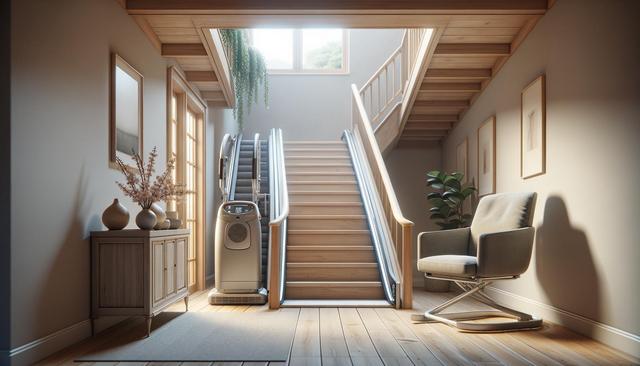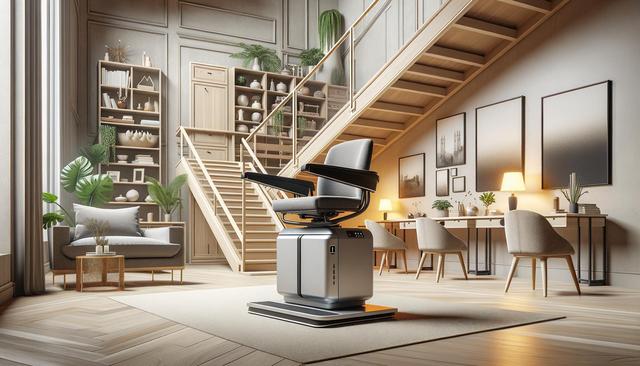Understanding the Italian Greyhound Breed
Italian Greyhounds are a toy breed that have delighted dog lovers for centuries with their slender build and graceful demeanor. Often mistaken for miniature Greyhounds, these dogs have their own distinct characteristics and charm. Their lineage traces back to ancient Rome, where they were companions to nobility and admired for their beauty and agility. Despite their aristocratic history, Italian Greyhound puppies are approachable and loving pets for modern households.
This breed is known for its sleek, fine coat and long legs, which give them an athletic yet delicate appearance. They’re typically small, with adults weighing between 7 to 14 pounds. Their size makes them suitable for apartment living, though they still require regular exercise. Italian Greyhound puppies are sensitive and thrive in quiet, gentle environments. They form strong bonds with their owners and can become clingy if left alone for long periods, making them ideal for those who spend a lot of time at home.
Personality and Temperament
Italian Greyhound puppies are affectionate, intelligent, and often a bit shy around strangers. They tend to be very loyal, often attaching themselves to one or two people in the household. These dogs are known for being playful and loving, but they also require patience during training. Because of their sensitive nature, they respond best to positive reinforcement and gentle handling.
Some key traits of their temperament include:
- Gentle and affectionate with family members
- Alert and sometimes reserved with new people
- Quick learners, especially when motivated by treats
- Can be prone to anxiety if not socialized early
Italian Greyhound puppies thrive when socialized from a young age. Introducing them to different environments, people, and other pets can help them grow into well-adjusted adults. With the right socialization and care, they can become excellent companions for both individuals and families.
Exercise and Activity Needs
Despite their small size, Italian Greyhounds are active and agile dogs that enjoy playtime and walks. Regular exercise is essential to keep them healthy and prevent boredom. While they don’t require intense workouts, daily walks and indoor play sessions are a must. These dogs enjoy running and can reach impressive speeds, making a secure yard or dog park visits beneficial for safe sprints.
Some activities Italian Greyhound puppies may enjoy include:
- Short, frequent walks
- Interactive play with toys
- Agility training for mental and physical stimulation
- Gentle fetch games indoors or in a fenced area
It’s important to remember that due to their thin coats and low body fat, Italian Greyhounds are sensitive to cold weather. During winter, they may need a dog sweater or jacket to stay comfortable during outdoor activities.
Grooming and Care Requirements
One of the appealing aspects of Italian Greyhound puppies is their low-maintenance grooming needs. Their short, fine coat sheds minimally and only requires occasional brushing to keep it clean and shiny. However, because of their delicate skin, it’s best to use a soft brush or grooming mitt to avoid irritation.
Beyond coat care, Italian Greyhounds benefit from regular grooming routines such as:
- Brushing teeth several times a week to prevent dental issues
- Cleaning their ears regularly to avoid infections
- Trimming nails every few weeks
- Bathing only when necessary, using a mild dog shampoo
Due to their slender frame and thin skin, these dogs are more prone to injuries, especially during rough play. Puppy-proofing your home and providing soft bedding can help prevent accidents. Regular vet check-ups are also essential to monitor their health and catch any issues early.
Training and Socialization Tips
Training Italian Greyhound puppies can be a rewarding experience when approached with patience and consistency. These dogs are intelligent but may be somewhat stubborn or distracted, especially if they are anxious or uncomfortable. Early training and socialization are crucial in shaping a well-mannered adult dog.
Effective training strategies include:
- Using positive reinforcement methods like praise and treats
- Keeping training sessions short and engaging
- Introducing new commands gradually
- Encouraging calm behavior around other pets and people
House training can sometimes be a challenge with this breed due to their sensitivity to cold or wet weather. Providing indoor potty options during bad weather and being consistent with routines can help reduce accidents. Crate training can also be a useful tool, offering a safe and comfortable space for rest and security.




Leave a Reply